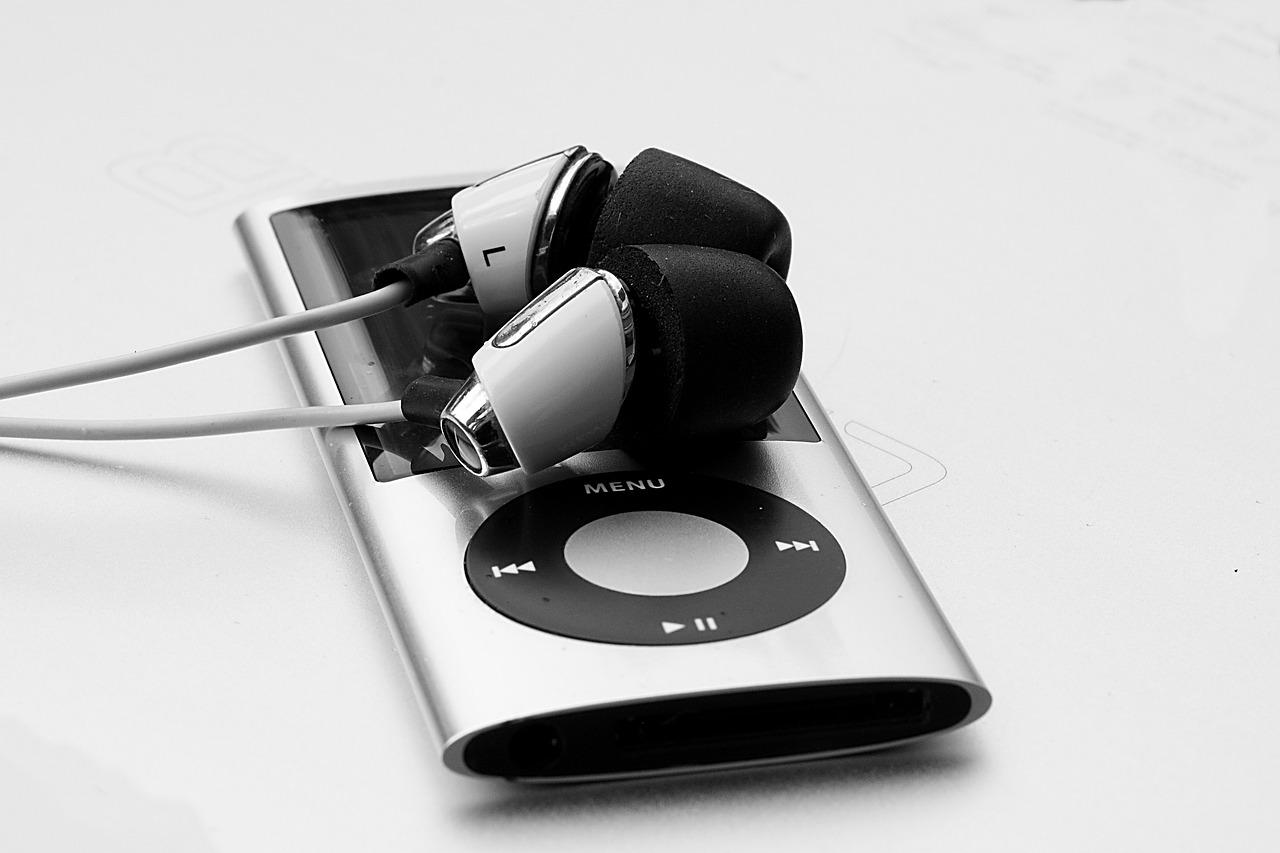In today’s digital age, we often find ourselves juggling a multitude of media formats, each catering to different needs and preferences. Have you ever wanted to enjoy the sweet melodies of your favorite songs or engaging podcasts without the distraction of video? Enter the world of conversion! Transforming MP4 files into the more universally compatible MP3 format can open up new sonic vistas for music lovers and audio enthusiasts alike. Whether you’re looking to create a more manageable library on your devices or simply want to free up storage space, this guide is here to demystify the process. Let’s dive into the nuts and bolts of converting MP4 to MP3, ensuring that everyone – regardless of tech-savvy level – can enjoy their audio content whenever and wherever they please. Grab your headphones, and let’s get started!
Understanding the Basics of MP4 and MP3 Formats
When diving into the world of digital media, it’s crucial to understand the differences between file formats, especially when you’re looking to transform files from one type to another. MP4 is a versatile multimedia container format that can hold video, audio, subtitles, and even still images. It’s like a Swiss Army knife for video files, which means it’s great for sharing and streaming online. Given its capacity for high-quality video and audio, MP4 has become the go-to format for most video uploads and streams. On the flipside, MP3 is your classic audio format, primarily designed for music. It sacrifices some audio quality to compress files to a smaller size, making it ideal for playback on various devices without taking up too much space. Think of MP3 as the lightweight runner of audio files—fast and efficient for musical enjoyment!
When you’re considering converting an MP4 file to MP3, you might be wondering why bother? The primary reason is simple: sometimes you just want the music! Maybe you found a catchy tune in a video and want it as a standalone track for your playlist. By converting an MP4 to an MP3, you’re stripping away the visual elements and keeping only the sound. To make the process smoother, here’s a brief overview of what you need to consider:
- Quality: Ensure the converter maintains audio quality.
- Ease of Use: Look for user-friendly converters that don’t require extensive knowledge.
- Formats Supported: Check if the tool can handle various input formats.
- Speed: Aim for a fast conversion process.

Choosing the Right Tools for Conversion
When it comes to converting MP4 files into MP3 format, selecting the right tools is crucial for a seamless experience. There are numerous options out there, each branded as the best. But how do you figure out which one actually lives up to that claim? Start by looking for tools that boast user-friendliness and speed. A good converter should allow you to drag and drop your files easily and process them in a flash. Also, keep an eye out for features that allow you to customize audio quality settings, as this can make a noticeable difference in the output.
Moreover, choosing tools with batch processing capabilities can significantly save your time and effort. Imagine needing to convert multiple videos one by one—what a hassle! Instead, opt for a tool that allows you to select several MP4 files at once. Before making your final choice, consider running a quick comparison of different tools using a simple table:
| Feature | Tool A | Tool B | Tool C |
|---|---|---|---|
| User-Friendly | ✔️ | ✔️ | X |
| Batch Processing | X | ✔️ | ✔️ |
| Custom Output Quality | ✔️ | X | ✔️ |
This way, you can quickly spot the pros and cons of each tool visually. Ultimately, selecting the right converter can turn a tedious task into a breeze, leaving you with more time to enjoy your favorite tunes!
Step-by-Step Guide to Converting MP4 to MP3
Converting your MP4 files to MP3 format is easier than pie! Just think of it as switching from a chunky winter coat to a light spring jacket—the warmth is still there, but it’s a lot easier to carry around. So let’s break it down step-by-step. First, pick your weapon of choice: you can choose online converters, desktop software, or even mobile apps. Each option has its perks! If you’re on a computer, software like VLC or HandBrake will work wonders, while online converters like Zamzar or Online Audio Converter are great for quick fixes. Just remember that with online tools, you’ll need a stable internet connection, so keep that in mind!
Now, let’s get into the nitty-gritty of the conversion process. Here’s a quick rundown of what you typically need to do:
- Upload your MP4 file: Drag it into the converter or browse your computer.
- Select MP3 as the output format: This usually involves clicking on a dropdown menu.
- Hit convert: Literally, just click the button and let the magic happen!
- Download your MP3: Once it’s done, press download and enjoy your audio!
Here’s a quick cheat sheet to help you decide between methods:
| Method | Pros | Cons |
|---|---|---|
| Online Converter | Easy access, no installation needed | Dependent on internet speed |
| Desktop Software | Fast, works offline | Requires download and installation |
| Mobile Apps | Convenient for on-the-go | Limited features compared to desktop |

Tips for Optimizing Audio Quality During Conversion
When it comes to converting MP4 files to MP3, you’ll want to ensure you’re getting the best audio quality possible. One of the simplest ways to achieve this is by starting with a high-quality source file. If your original MP4 is low quality to begin with, don’t expect miracles when it transforms into an MP3. You should also consider the bitrate during the conversion process. Generally, a higher bitrate results in better sound quality but may increase the file size. Aim for a balance that suits your listening preferences; for most casual listening, a range of 192kbps to 320kbps is often recommended.
Another crucial aspect is the software you choose for the conversion. Some tools compress audio in a way that sacrifices quality, while others maintain clarity and depth. It’s worth doing a bit of research or even testing a few options before committing. Additionally, make sure that your playback device supports the formats and bitrates you’re working with. For instance, if you’re using headphones or quality speakers, you’ll want to ensure they can handle higher bitrates to truly enjoy the enhanced sound. Here’s a quick rundown of some key factors to keep in mind:
| Factor | Recommendation |
|---|---|
| Source Quality | Start with high-resolution audio |
| Bitrate | 192kbps to 320kbps |
| Conversion Software | Choose reputable tools |
| Playback Device | Ensure it supports higher bitrates |
Insights and Conclusions
And there you have it! Transforming your MP4 files into MP3 format is as easy as pie. Whether you’re looking to free up space on your device, create a personal playlist of your favorite tunes, or simply savor the sweet sound of your favorite videos without the visuals, this guide has got you covered.
Remember, with just a few clicks, you can unlock the audio treasure hidden in your videos and enjoy them anytime, anywhere. So, don’t hesitate—give it a try! Your ears will thank you, and you’ll wonder why you didn’t do it sooner. Keep exploring, keep creating, and let the music play!





